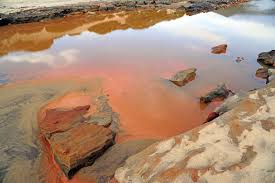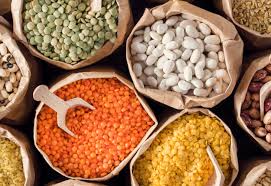Proper Wastewater Treatment Methods
It is necessary to promote efforts aimed at improving water quality to ensure the availability of water in quantity and quality for future use. Methods of improving water quality help to ensure this availability. Similar methods are used for both wastewater and drinking water purification.
These methods combine mechanical, chemical, and biological processes. Several methods are used to improve water quality for use in the home and industry. These methods usually combine mechanical (sedimentation, filtration, storage in reservoirs, etc.) with chemical methods (addition of chemicals) and biological methods (the use of beneficial microbes).
Wastewater Treatment
Wastewater is tap water after it has been used in homes and institutions for drinking, bathing, flushing toilets, and other purposes.

• Primary treatment
Primary treatment removes large objects, trash, and smaller solids such as sand and small stones. Suspended solids in the wastewater are settled out by chemical treatment.
Most BOD and many pathogenic organisms settle out with suspended solids. Reactive nitrogen and phosphorus are only partially removed in this process.
The settled solids – primary sludge – are removed leaving the wastewater to move on to secondary treatment. Most groundwater does not need screening.
• Secondary treatment
Soluble organic contaminants in the wastewater are digested by bacteria which multiply rapidly during this process.
These settle out from the secondary wastewater and are recovered as secondary sludge.
The final step is to disinfect the water with chlorine before discharge.
Standard wastewater treatment removes only a portion of the nutrients – reactive nitrogen and phosphorus which can be detrimental to receiving waters.
Advanced treatment is necessary for nutrient removal. Non-conventional contaminants such as excessive color may also need to be removed from some wastewaters.
• Tertiary treatment
This involves the use of further filtration or chemicals to destroy pathogens and remove chemicals (discussed in the next section)



